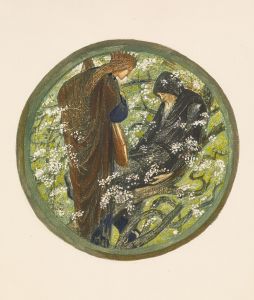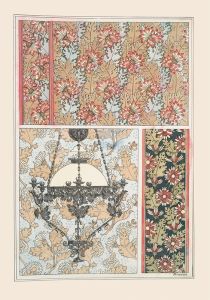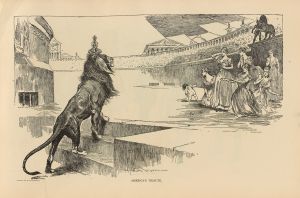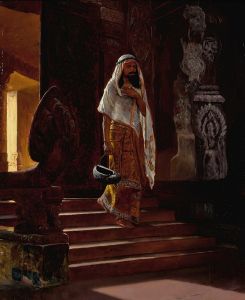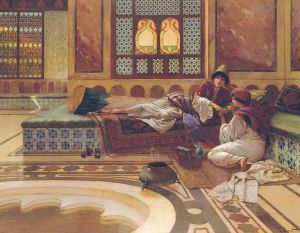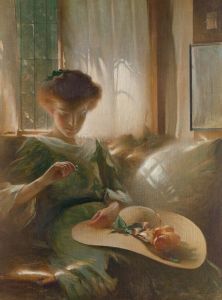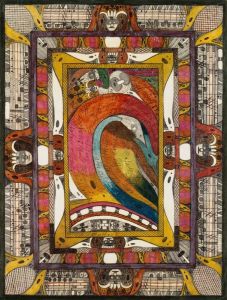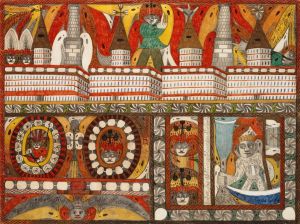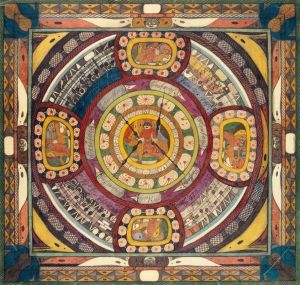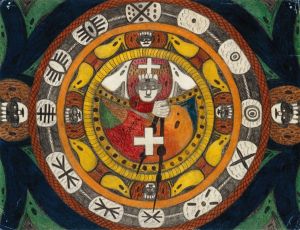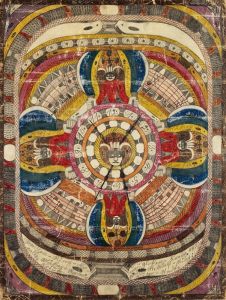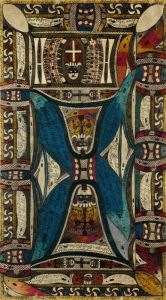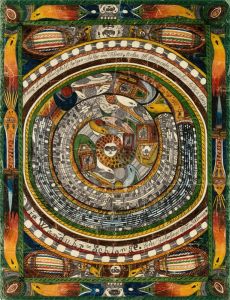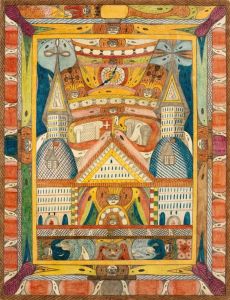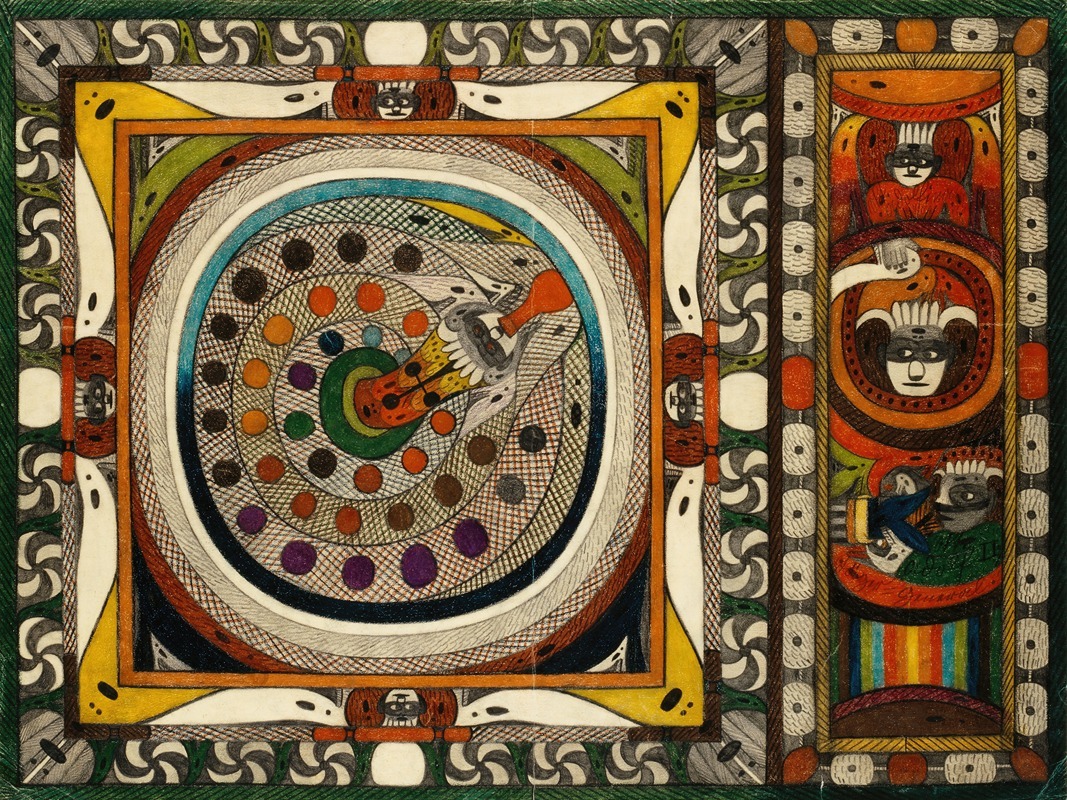
Netz=Schlange, vom Wili=Wald,=Skt. Adolf=Thurm,=Hoof=Ring,=Uhrwald, in Amerika
A hand-painted replica of Adolf Wölfli’s masterpiece Netz=Schlange, vom Wili=Wald,=Skt. Adolf=Thurm,=Hoof=Ring,=Uhrwald, in Amerika, meticulously crafted by professional artists to capture the true essence of the original. Each piece is created with museum-quality canvas and rare mineral pigments, carefully painted by experienced artists with delicate brushstrokes and rich, layered colors to perfectly recreate the texture of the original artwork. Unlike machine-printed reproductions, this hand-painted version brings the painting to life, infused with the artist’s emotions and skill in every stroke. Whether for personal collection or home decoration, it instantly elevates the artistic atmosphere of any space.
Adolf Wölfli (1864–1930) was a Swiss artist and writer, widely recognized as one of the most prominent figures in the field of outsider art, or art brut. His works are characterized by intricate patterns, vivid colors, and a unique combination of text and imagery. Wölfli created his art while institutionalized at the Waldau Psychiatric Clinic in Bern, Switzerland, where he spent the majority of his life after being diagnosed with schizophrenia.
One of Wölfli's notable works is Netz=Schlange, vom Wili=Wald,=Skt. Adolf=Thurm,=Hoof=Ring,=Uhrwald, in Amerika. This piece is part of his larger body of work, which includes drawings, musical compositions, and writings. Wölfli's art often reflects his complex inner world, blending fantastical landscapes, autobiographical elements, and invented narratives. His works are densely packed with symbols, numbers, and text, creating a sense of overwhelming detail and intensity.
Netz=Schlange, vom Wili=Wald,=Skt. Adolf=Thurm,=Hoof=Ring,=Uhrwald, in Amerika exemplifies Wölfli's distinctive style. The title itself is characteristic of his tendency to combine words and phrases in a way that suggests both a personal mythology and a playful use of language. The artwork features a combination of geometric patterns, figurative elements, and textual inscriptions, all meticulously arranged to form a cohesive yet enigmatic composition. Wölfli often incorporated musical notations into his works, and this piece may include such elements, reflecting his interest in creating a multisensory experience.
Wölfli's art was largely unrecognized during his lifetime, but it gained attention posthumously thanks to the efforts of Walter Morgenthaler, a psychiatrist at the Waldau Clinic who published a monograph on Wölfli in 1921 titled Ein Geisteskranker als Künstler (A Psychiatric Patient as Artist). This publication introduced Wölfli's work to a broader audience and established his reputation as a pioneer of outsider art.
Today, Wölfli's works are celebrated for their originality and emotional depth. They are housed in major collections, including the Adolf Wölfli Foundation at the Museum of Fine Arts in Bern, which holds a significant portion of his oeuvre. Netz=Schlange, vom Wili=Wald,=Skt. Adolf=Thurm,=Hoof=Ring,=Uhrwald, in Amerika is an important example of Wölfli's artistic legacy, showcasing his ability to transform his inner experiences into a rich and imaginative visual language.





